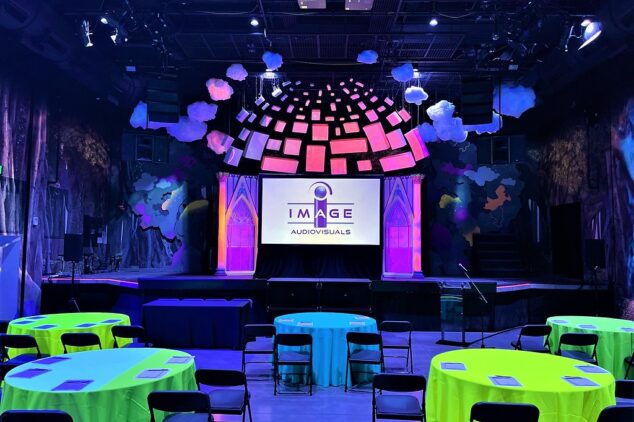Advantages of LED Video Walls Over Conventional Projection Technologies for Modern Graphic Displays
LED video walls have grown progressively favored in various settings, such as schools, businesses, and entertainment venues. These advanced display systems offer several advantages over conventional projection technologies. Understanding these benefits can help companies make knowledgeable decisions about their visual requirements. This article will examine the main benefits of LED video walls, including luminosity, visual quality, flexibility, maintenance, and power conservation.One of the key important benefits of Light Emitting Diode video screens is their brightness. LED tech produces vibrant and radiant images that can be readily seen in multiple lighting environments. Unlike traditional projection systems, which can have difficulty in brightly lit environments, Light Emitting Diode video walls maintain their sharpness and color precision even in well-lit rooms. This makes them ideal for external events or places with large openings. The high brightness levels ensure that the material displayed is always visible, making it simpler for audiences to interact with the information being shown.
In furthermore to brightness, Light Emitting Diode display screens provide superior visual clarity. They offer higher resolution and better color rendering compared to traditional projection technologies. This means that images and footage displayed on an Light Emitting Diode screen appear crisper and more detailed. The pixel concentration of LED displays allows for close viewing without sacrificing clarity, which is particularly crucial in environments like exhibition fairs or conferences where viewers may be close to the display. Furthermore, LED technology can produce richer dark tones and more vibrant colors, enhancing the complete aesthetic experience.
Flexibility is another key advantage of Light Emitting Diode display walls. These technologies can be arranged in various sizes and forms to fit varied spaces and design requirements. Unlike conventional projectors, which require a particular distance from the display to function correctly, Light Emitting Diode display screens can be set up in Cost and pricing guide for LED video walls a range of environments. They can be curved, tiled, or even used in innovative arrangements to create distinct display presentations. This adaptability allows companies to tailor their display presentations to suit their particular needs, making LED video walls a flexible option for any setting.
Maintenance is also a critical consideration when contrasting LED video walls to conventional projector technologies. Light Emitting Diode displays generally require fewer upkeep over time. Traditional projectors often need bulb replacements and regular cleaning to maintain optimal performance. In contrast, Light Emitting Diode tech has a longer lifespan and does not require frequent replacements. This lowers inactivity and upkeep expenses, making LED video walls a more economical solution in the long run. Companies can concentrate on their presentations rather than concerned about the maintenance of their display systems.

Finally, power conservation is an important consideration for many organizations. LED video walls consume fewer energy compared to conventional projection systems, which can lead to significant savings on energy bills. This is especially beneficial for companies and locations that use displays for long times. Additionally, the reduced power usage of Light Emitting Diode tech contributes to a lowered environmental footprint, making it a more eco-friendly option. By selecting Light Emitting Diode video walls, organizations can enjoy premium visual displays while also being considerate of their power consumption and ecological impact.
In summary, Light Emitting Diode display screens offer numerous benefits over conventional projector technologies. Their luminosity, visual quality, flexibility, low maintenance needs, and energy efficiency make them an excellent choice for modern visual displays. As technology continues to progress, Light Emitting Diode display screens are likely to become even more prevalent in multiple settings, providing companies with the tools they need to effectively communicate and engage with their viewers.